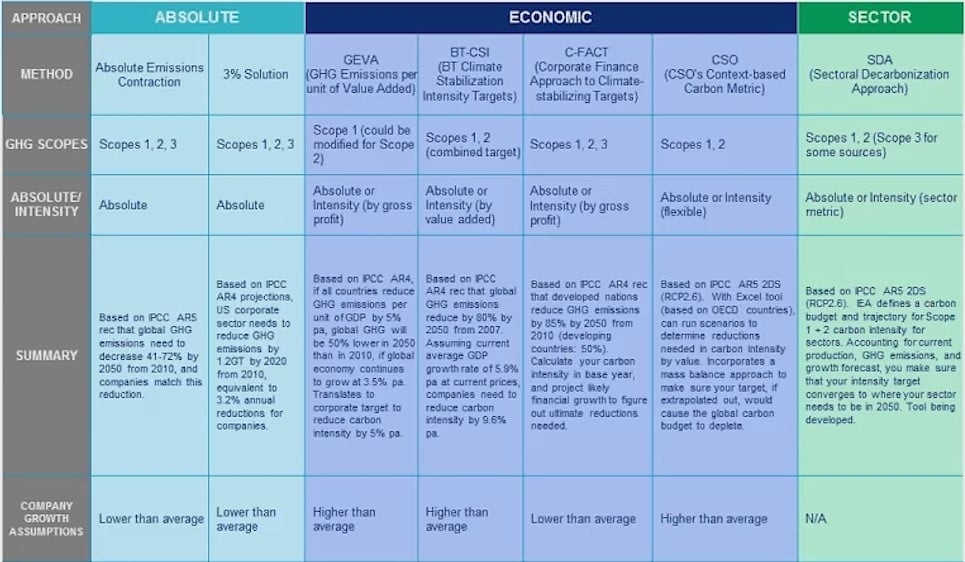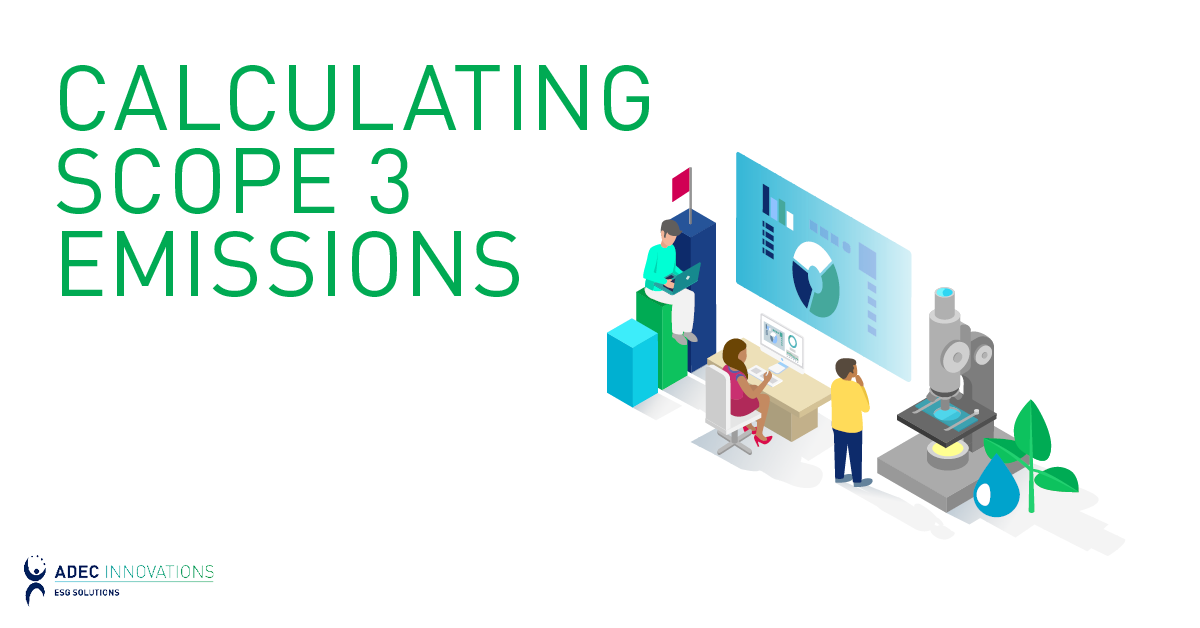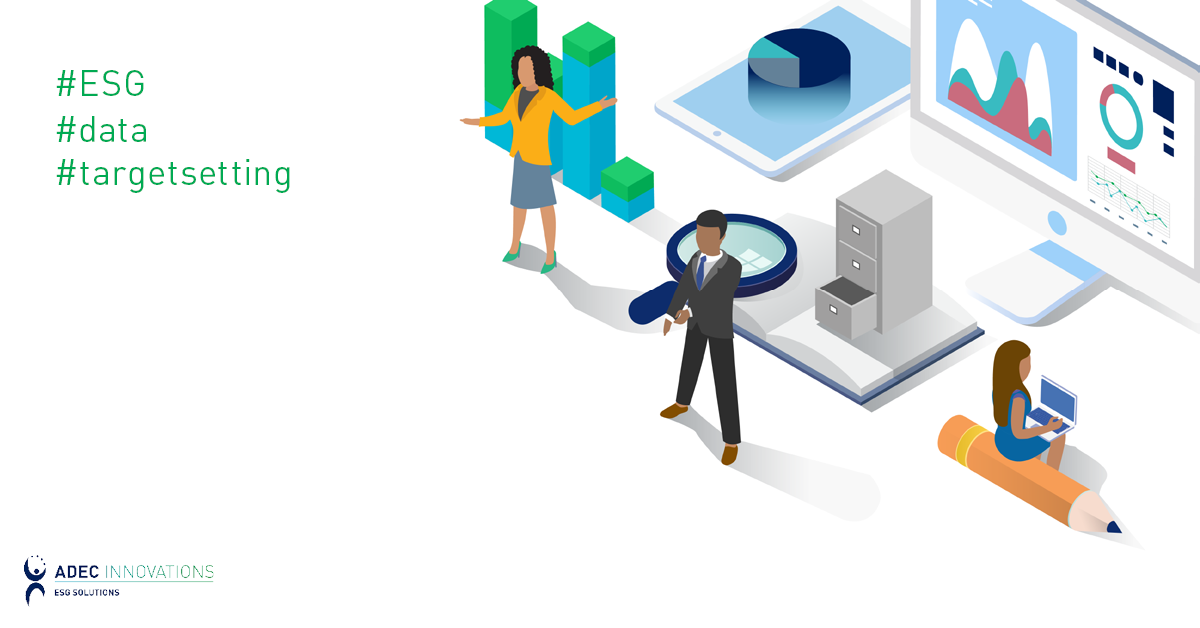Science Based Targets Webinar: Key Takeaways for Your Emissions Reduction or Decarbonization Strategy
On Tuesday, December 13, 2016, ADEC Innovations (ADEC) hosted a webinar on Science Based Targets (SBT), a joint project of CDP, the UN Global Compact (UNGC), the World Resources Institute (WRI) and the World Wildlife Fund (WWF) for corporate decarbonization strategies. It is an initiative for setting corporate emissions reduction targets that addresses climate change in a way consistent with the expertise and rigor used to build scientific international consensus on decarbonization.

By George Lu
December 29, 2016
On Tuesday, December 13, 2016, ADEC Innovations (ADEC) hosted a webinar on Science Based Targets (SBT), a joint project of CDP, the UN Global Compact (UNGC), the World Resources Institute (WRI) and the World Wildlife Fund (WWF) for corporate decarbonization strategies. It is an initiative for setting corporate emissions reduction targets that addresses climate change in a way consistent with the expertise and rigor used to build scientific international consensus on decarbonization.
The motivation of SBTs comes from the conclusion that the Paris-proposed greenhouse gas (GHG) emissions reductions will not keep the global mean temperatures to below two degrees Celsius above pre-industrial levels without scientifically-backed decarbonization targets for corporations.
SBTs allow your organization or business to set emissions reduction targets consistent with current scientific evidence to avert climate change disasters by 2050.
SBT corporate advantages
Climate change is changing the nature of competition. SBTs present business advantages in an economy that increasingly prioritizes sustainability over business-as-usual practices based on unabated resource use and waste.
SBTs build long-term business value and safeguard profitability by:
- Driving innovation with climate risk-mitigating technology.
- Preparing for higher energy costs and increasingly strong regulatory positions on climate change to stay ahead of regulatory risk.
- Investing in low-carbon technology and similar innovations to drive direct operational cost savings.
- Managing reputational risk with a public that is increasingly aware of and experiencing climate change and environmental impacts.
- Improving access to capital with financial institutions that have created specific investment criteria related to environmental performance.
- Injecting a positive impact on morale and productivity with a higher sense of purpose at work.
Key points from ADEC’s webinar
- The heart of SBT is looking at the long-term scenario.
Organizations need to set targets for 2030 and beyond, consistent with global decarbonization goals. - Understand the big picture.
For instance, the International Panel on Climate Change has released emissions and global warming goals and scenarios, which necessitates knowing your organization’s place in the overall carbon budget. It can also mean the survival of a business where competition is changing due to physical impacts from climate change and the increasingly stringent regulatory environment. - Assess where you are in your sustainability or decarbonization journey.
There are multiple steps in the strategy of setting your own SBT, starting with foundational work and ending with implementation. Assessment starts with five criteria for a target as suggested by the SBT manual: boundaries, timeframes, level of ambition, scope 3 targets and GHG inventory reporting. What follows is establishing where you are in your decarbonization journey, and what aspects you need to work on before setting and implementing a target. - SBT approaches follow different models and different sets of assumptions.
Companies are unique and require appropriate approaches in setting a target emissions reduction. For instance the “3% Solution” approach is applicable only to the US corporate sector.
- Some best practices in implementing your organization’s SBT include:
- Establish 5-year incremental targets, which allow for opportunities to assess and readjust the targets. Targets can be greatly affected by large structural changes in your organization.
- Communicate your targets to stakeholders such as customers, employees, supply chain and investors to help get everyone on board with your organization’s decarbonization efforts.
- Implement tracking systems for all your emissions reduction activities.
- Appoint “champions” by facility, region, sector or division who understand their operations in detail.
- Engage proactively and collaboratively with your suppliers.
- Set an internal price of carbon.
ADEC is your guide
ADEC gives detailed, step-by-step knowledge and assistance in setting SBTs specific to your organization, and consistent with global climate challenges and goals, with expertise in
- Scope 1, 2 and 3 Emissions Data Collection
- GHG Inventory and Target Setting
- CDP Scoring Assessment
- Sustainability Reporting
- Supply Chain Management
ADEC is a leading provider of environmental, social and governance (ESG) solutions, including fully integrated industry expertise, software solutions and data management. To watch a recording of our webinar, click here.
Related Articles
GHG Emissions, Science Based Targets, Targets, Decarbonization, Climate
By Tyanna Bui on November 2, 2021
Carbon Management | GHG Emissions
By Sondra Scott on August 10, 2021
Science Based Targets | Sustainatech | 1Unique Tag
Be a sustainability leader.
Our team supports you no matter where you are on your Sustainability Journey. Talk to us today to learn more.




